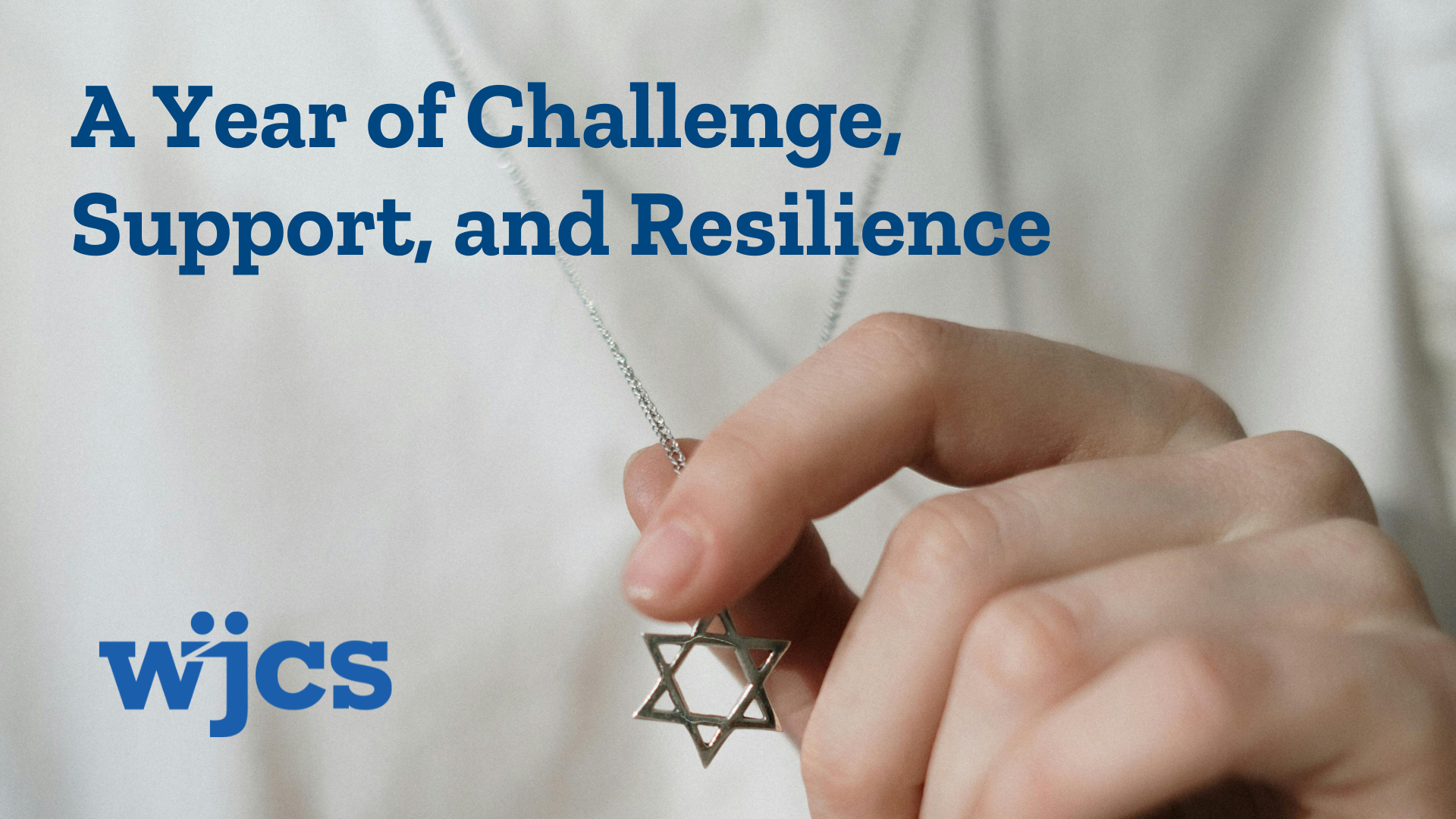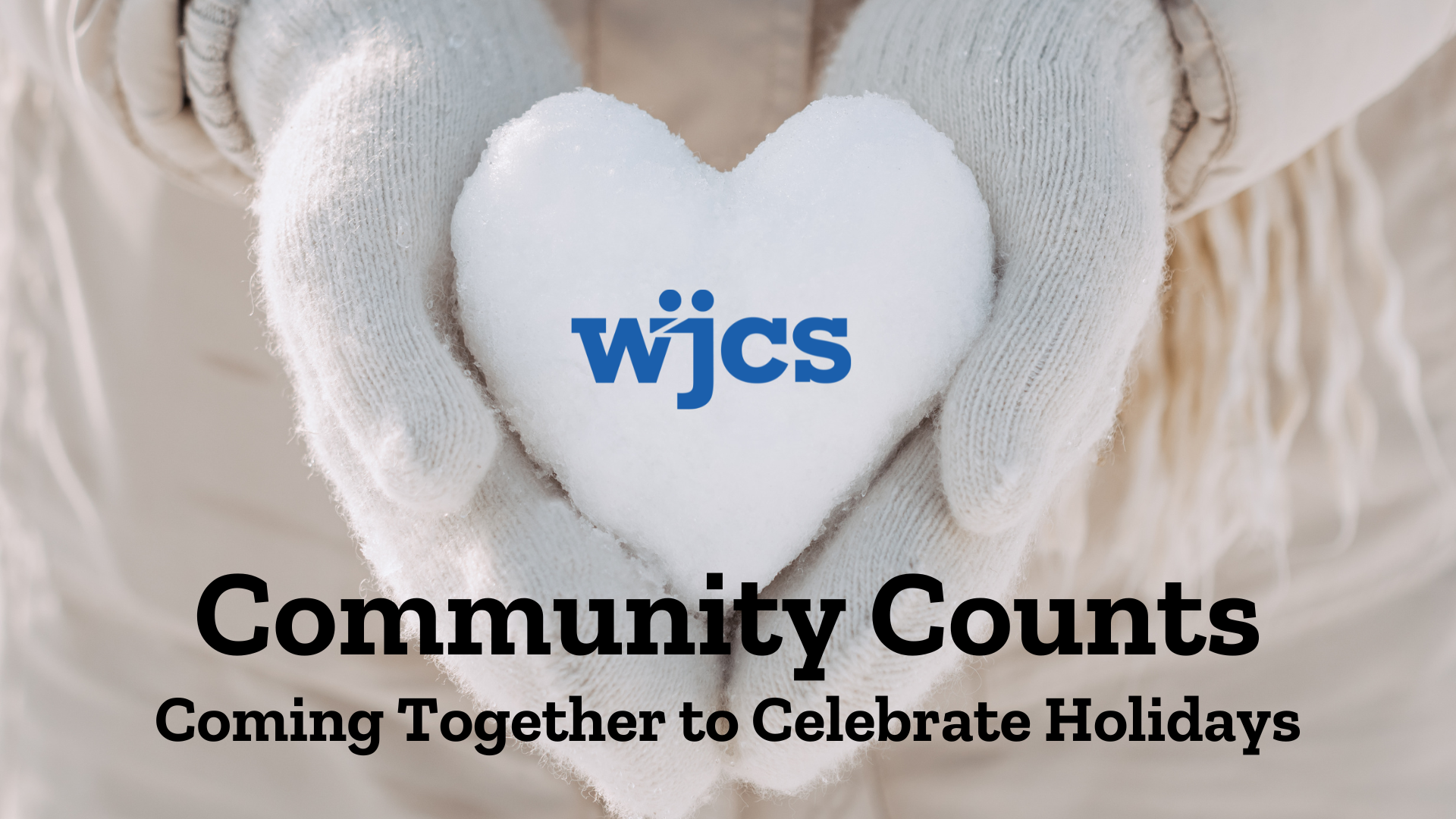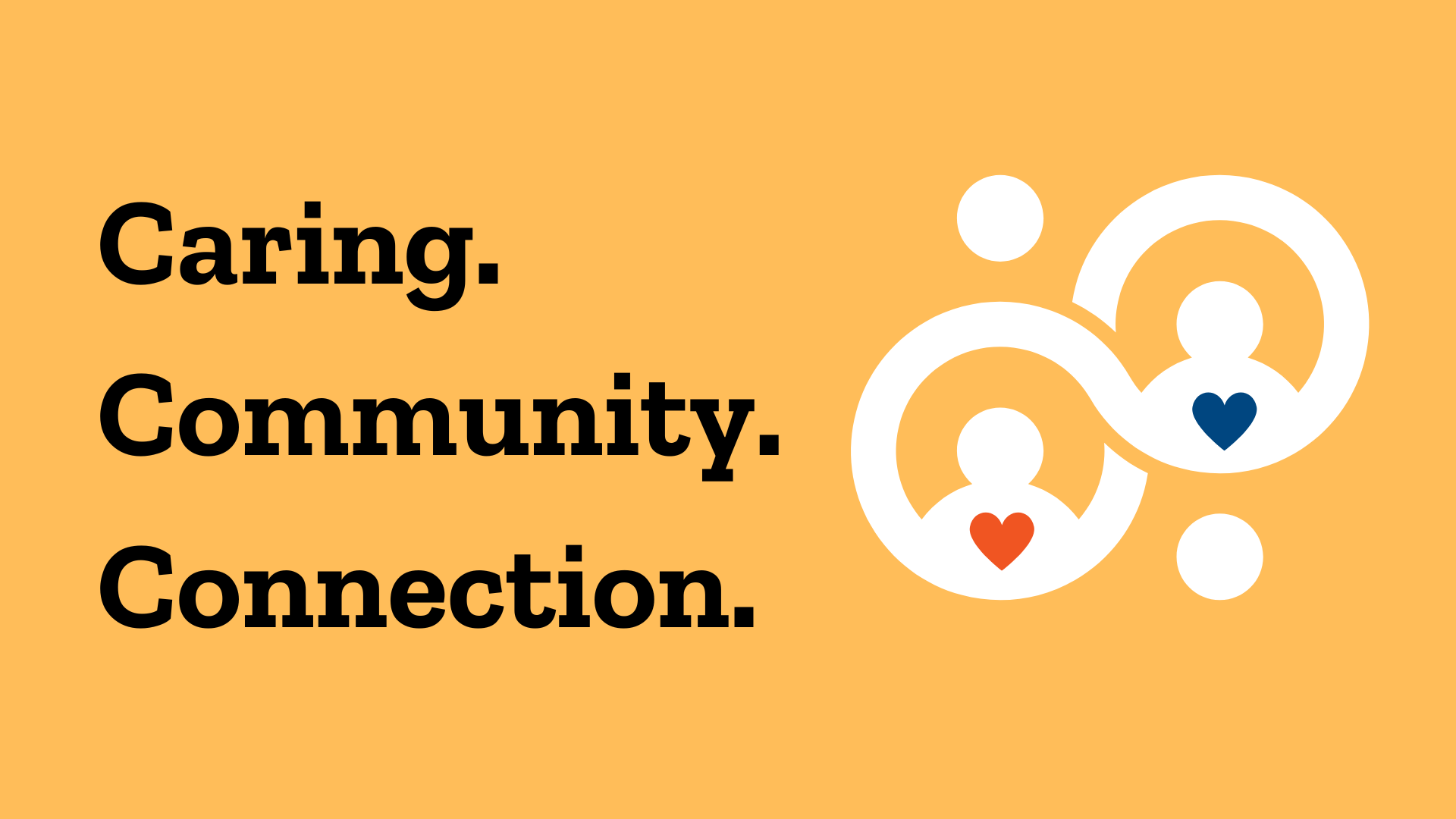October marks Domestic Violence Awareness Month. Relationship violence affects millions of people, both children and adults, and can leave long-lasting physical, emotional, and psychological scars. WJCS is proud to partner with the Joe Torre Safe At Home Foundation in our Margaret’s Place program, which provides safe spaces within Westchester public schools where middle school and high school students can share their experience with relationship violence, get counseling, and find hope and healing. Margaret Place educates youth and school communities about violence prevention and engages peer leaders in public awareness programs.
While most people recognize how dangerous domestic violence is, both physically and emotionally, there are many misconceptions about it. Here: five prevalent myths about domestic violence and the reality.
1. Myth: Most people report instances of domestic violence to the police.
Reality: Half of abused women do not tell the police, according to the U.S. Department of Justice’s Bureau of Justice Statistics.
2. Myth: Acts of domestic violence are generally physical or sexual.
Reality: Any pattern of coercive behavior—whether it’s physical, sexual, economic, emotional, and or psychological abuse—exerted by one family member or intimate partner over another in an attempt to establish or maintain power and control constitutes domestic violence.
3. Myth: People who suffer from domestic violence recognize that they are being battered.
Reality: A victim of domestic abuse may not identify family violence (physical or emotional) as domestic violence. This is especially true if there is no physical injury.
4. Myth: All cases of domestic violence are committed by men against women.
Reality: 83% of all domestic violence cases involve women being battered by men. 17% of domestic violence acts are committed by women. Domestic violence also happens in same sex couples and among teenagers.
5. Myth: People who suffer from domestic violence always want to leave the person committing the violence.
Reality: People who are victims of domestic violence are often protective of the abuser, blame themselves for “relationship problems,” and minimize and rationalize the abusive behavior.
Learn more about WJCS Margaret’s Place
Learn more about programs and services for survivors of domestic violence in Westchester County
Learn about support and advocacy services for victims of crime in Westchester
Resources for parents about how to talk about and deal with domestic violence




